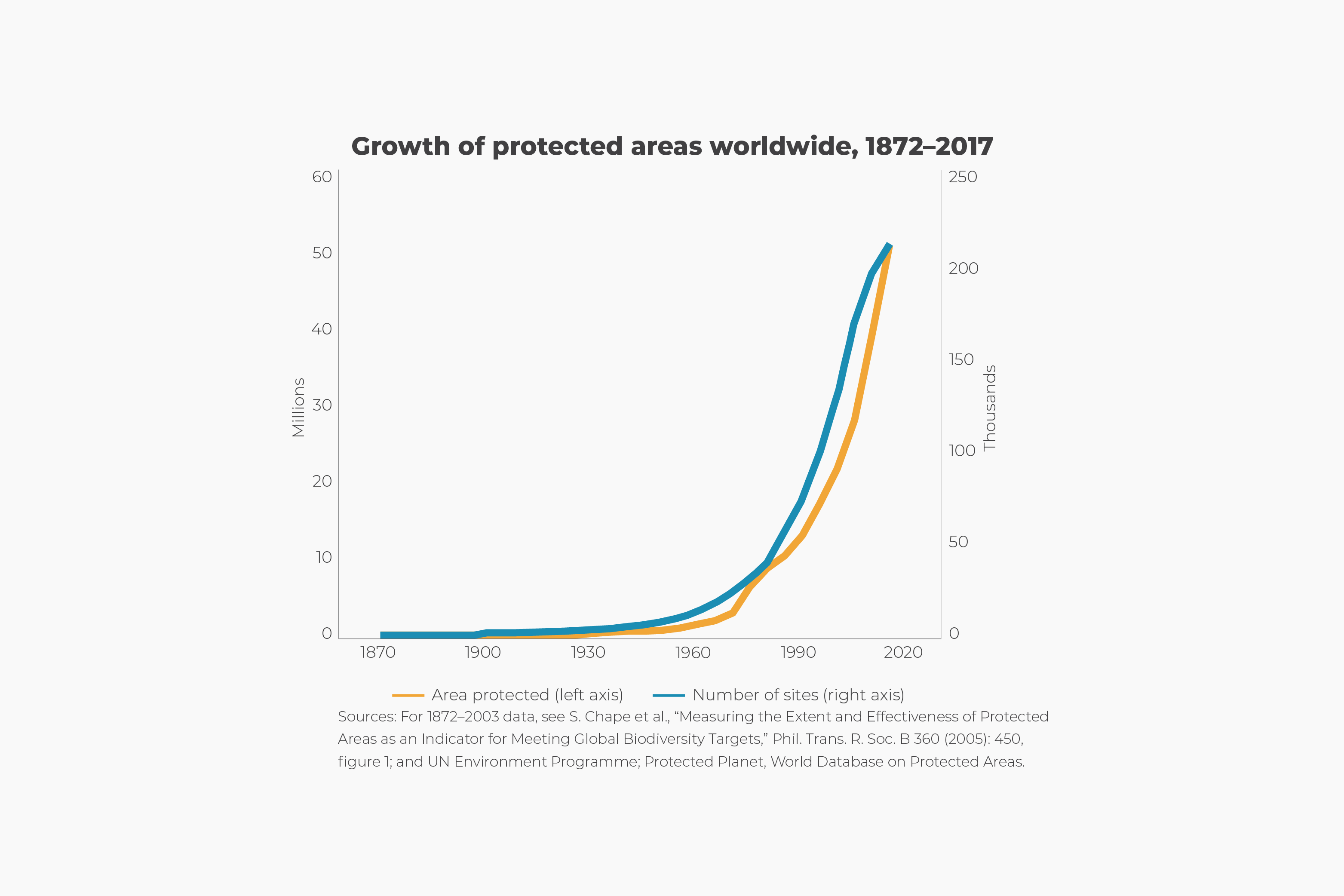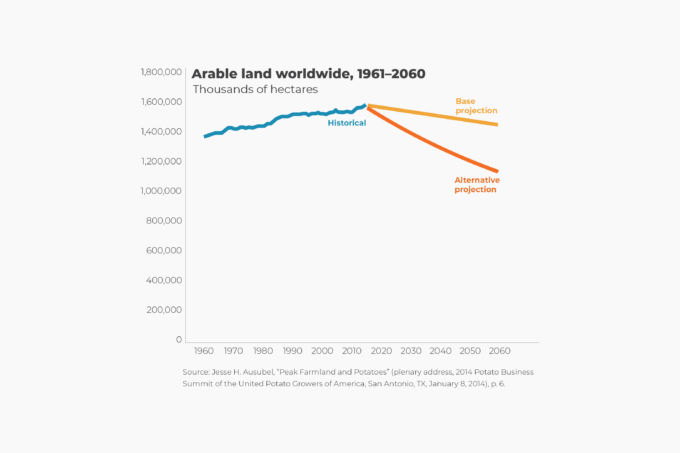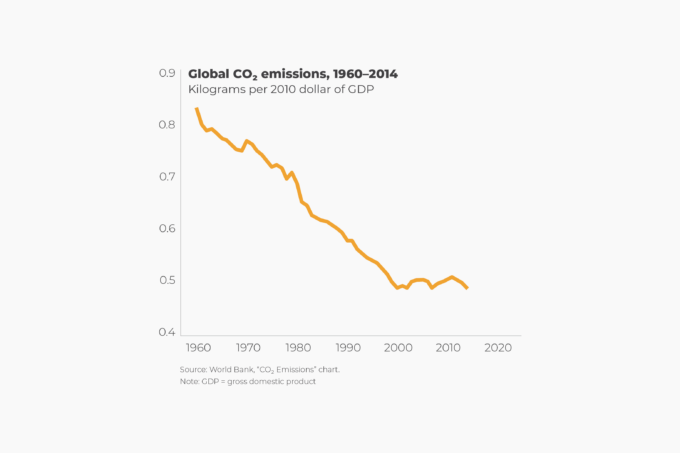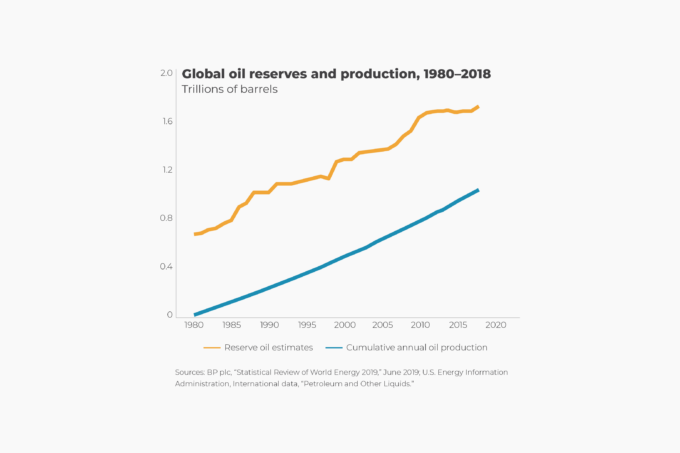Countries began formally setting aside landscapes as protected parks and nature preserves in the late 19th century. The Yosemite Valley was dedicated in 1864 as a California state park, whereas Yellowstone National Park was established as the world’s first national park in 1872.
The UN Convention on Biological Diversity (CBD)—which was finalized in 1992 and has now been signed by 168 countries—aims to protect the world’s wildlife and wildlands. Under the CBD, a protected area is broadly characterized as “a geographically defined area, which is designated or regulated and managed to achieve specific conservation objectives.” In 2010, signatories to the CBD agreed to the goal of setting aside at least 17 percent of terrestrial and inland waters, and 10 percent of coastal and marine areas, as protected areas by 2020.
The World Database on Protected Areas reported as of 2018 that about 15 percent of the earth’s land surface is now covered by protected areas, an expanse amounting to over 20 million square kilometers (7.7 million square miles). That area is nearly double the size of the entire United States.
Marine protected areas now account for nearly 7 percent of the global ocean, which amounts to over 26 million square kilometers (10 million square miles). That area is more than double the size of South America. Globally, that totals to 46 million square kilometers of protected areas (17.8 million square miles)—just a bit over the size of all of Asia. Humanity is well on the way toward achieving the goal of setting aside 59 million square kilometers (nearly 23 million square miles) of land and sea for nature by 2020.








